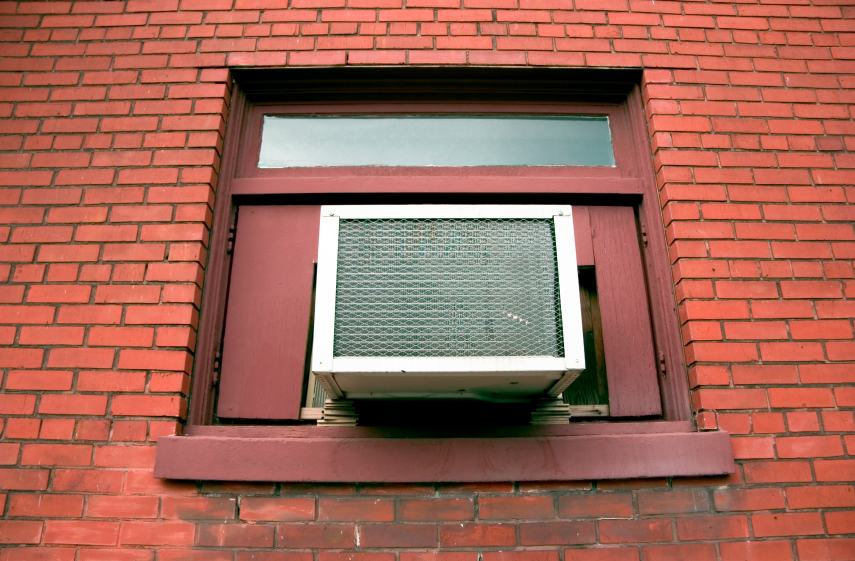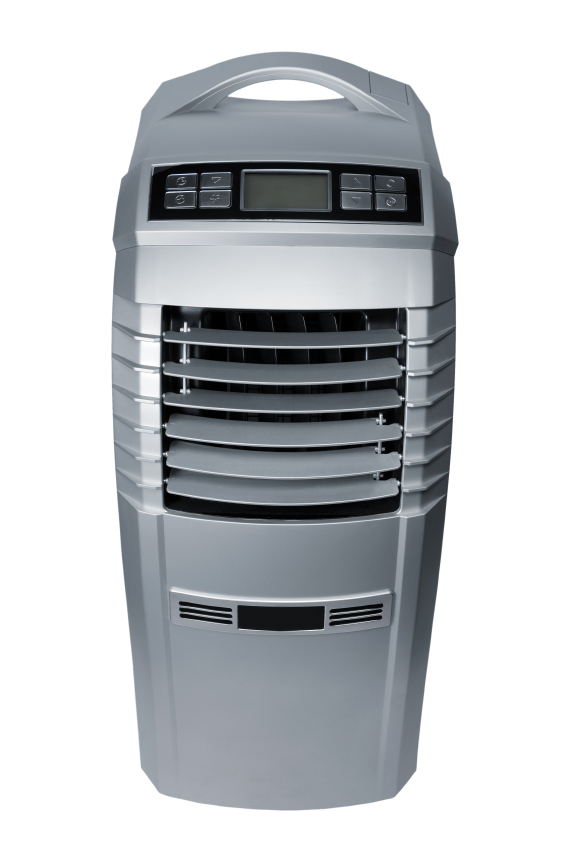If you’re planning to buy a room air conditioner this summer, and need relief from both heat and high electricity bills, you are in luck. Energy efficiency standards due to take effect at the beginning of the summer will ensure that window air-conditioning units will give you more bang for your buck. As you stay cool, you will use less energy and keep more change in your pocket.
 The Department of Energy (DOE) estimates that room air conditioners meeting the new efficiency standards will use about 10% to 15% less energy than similar models that just meet the existing standards, which have been in effect since 2000. With the new standards, the typical energy use of the most popular units for small and medium/large rooms drops to about 340 and 560 kilowatt hours per year, respectively. DOE estimates that the standards will save about 40 billion kilowatt hours nationally over 30 years, or about the amount of electricity needed to power 3.7 million U.S. households for a year.
The Department of Energy (DOE) estimates that room air conditioners meeting the new efficiency standards will use about 10% to 15% less energy than similar models that just meet the existing standards, which have been in effect since 2000. With the new standards, the typical energy use of the most popular units for small and medium/large rooms drops to about 340 and 560 kilowatt hours per year, respectively. DOE estimates that the standards will save about 40 billion kilowatt hours nationally over 30 years, or about the amount of electricity needed to power 3.7 million U.S. households for a year.
Window units for small rooms (less than 6000 Btu/hour) and those for medium to large rooms (8000-13,999 Btu/hour) account for more than 60% of room AC shipments in the U.S. (Btu/hour indicates the amount of heat an air conditioner can remove per hour.) The new minimum-allowed combined energy efficiency ratio (CEER) for the most popular units is 11.0 and 10.9 respectively. The standards apply to window units manufactured or imported after June 1, 2014, so you’ll still see many of the less-efficient models in stores and on the Internet until the stock is depleted. Be sure to look for the CEER rating and the annual energy cost on the yellow EnergyGuide label to ensure you are getting an efficient model.
As with any appliance purchase, it’s always best to look for the ENERGY STAR® logo. Room air conditioners bearing the ENERGY STAR logo are about 15% more efficient than those meeting the current minimum standards. But with new standards on the way, the ENERGY STAR program is working to revise its qualification levels, which will raise the efficiency bar even more, providing greater savings for consumers. To capture the full savings from an efficient room air conditioner, be sure to purchase an appropriately sized air conditioner.
DOE based the new efficiency standards on levels recommended in a 2010 joint agreement between efficiency advocates and manufacturers. Technologies that manufacturers can employ to meet the new efficiency levels include higher-efficiency fan motors, improved heat exchangers, and high efficiency compressors. The agreement also contained recommended efficiency levels for refrigerators, freezers, clothes washers, dishwashers, and clothes dryers, all of which have been adopted by DOE.
 Portable air conditioners, the upright models that sit on the floor and can be moved from room to room, are not covered by this standard. Portable ACs are much less efficient than room ACs. Consumer Reports found that the portable air conditioners they tested delivered only about half of their rated cooling capacity, and that comparable room ACs were twice as efficient as the portable ACs. No national efficiency standards currently exist for portable ACs, but DOE began a process to develop standards in 2013.
Portable air conditioners, the upright models that sit on the floor and can be moved from room to room, are not covered by this standard. Portable ACs are much less efficient than room ACs. Consumer Reports found that the portable air conditioners they tested delivered only about half of their rated cooling capacity, and that comparable room ACs were twice as efficient as the portable ACs. No national efficiency standards currently exist for portable ACs, but DOE began a process to develop standards in 2013.
If you’re looking for more details about the room air conditioner standards, a link to the DOE CEER ratings can be found here (page 52853.) Interested in the most efficient options? Check out the ENERGY STAR website.
*******
The Appliance Standards Awareness Project is a coalition that includes representatives of efficiency, consumer and environmental groups, utility companies, state government agencies and others. Working together, the ASAP coalition seeks to advance cost-effective standards at the national and state levels through technical and policy advocacy and through outreach and education. ASAP’s founders include the American Council for an Energy-Efficient Economy, the Alliance to Save Energy and Natural Resources Defense Council.





